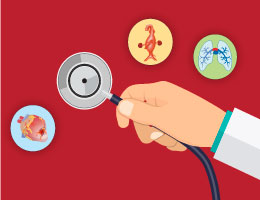
Our mission at The Sullivan Group is to positively change clinical practice, improve patient safety and reduce malpractice litigation. Because of this, we are often asked by clinical leaders and clients to explore the impact our RSQ® Solutions platform may have on other areas of the healthcare business. A Chief Nursing Officer with whom we have worked for the past several years connected with me at the 19th Annual NPSF Patient Safety Congress in Orlando, FL, with a similar inquiry. She asked if we had any evidence to support a relationship between our work with improving nursing competency/patient safety and nursing retention rates.










